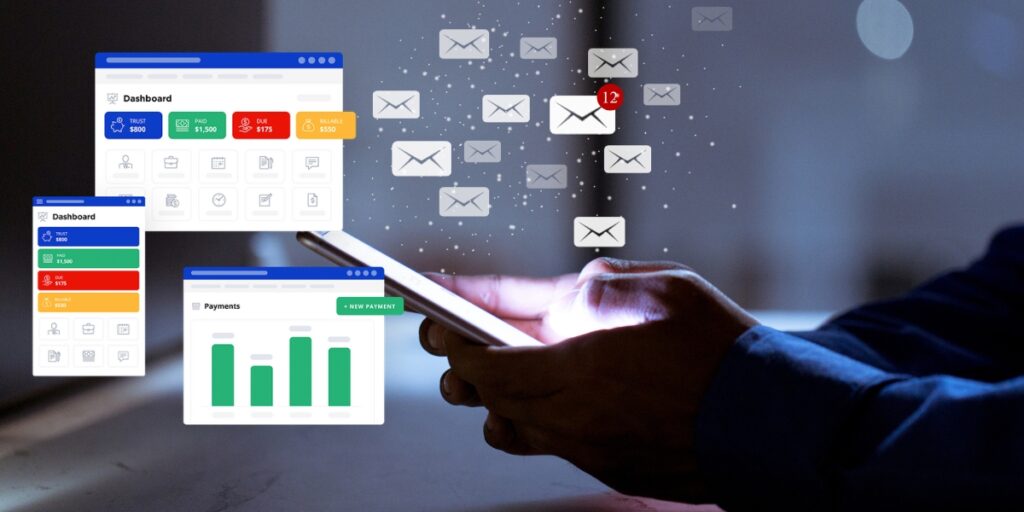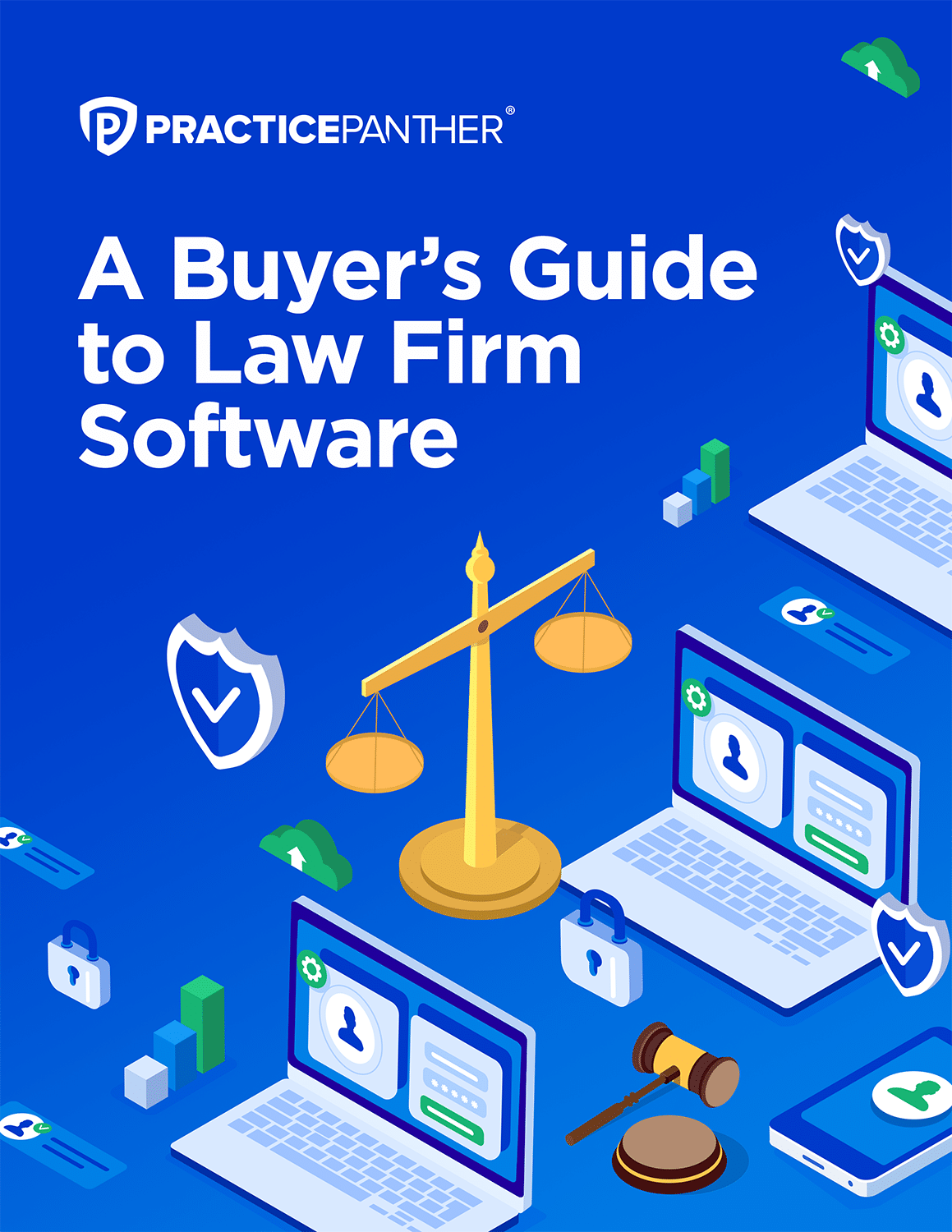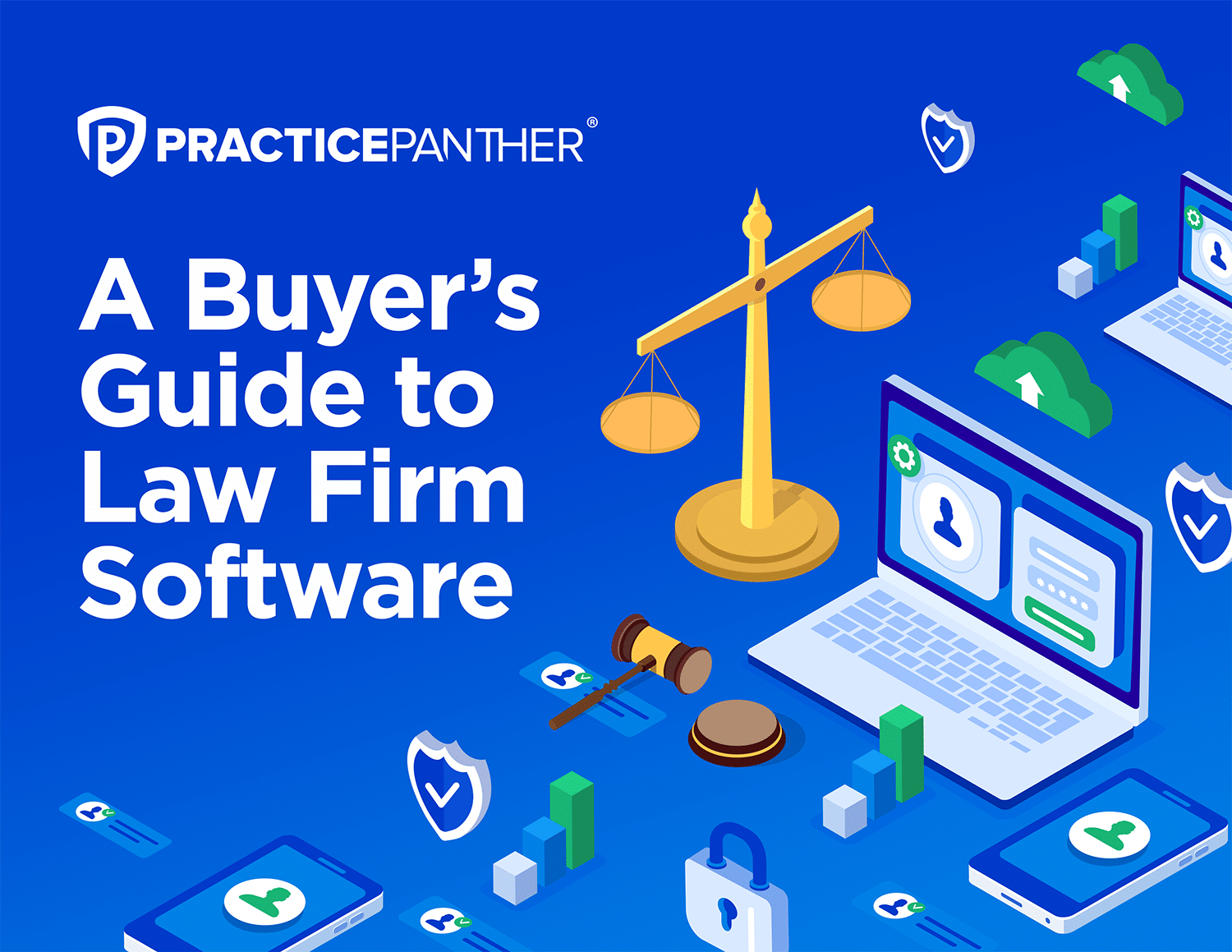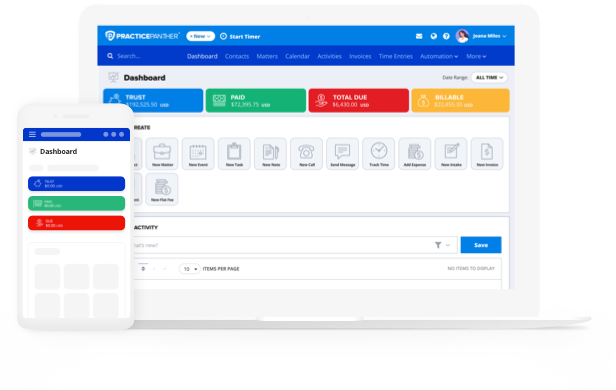Managing emails is a daily challenge for lawyers. On average, professionals spend nearly a third of their workday reading and responding to emails. For lawyers, the stakes are even higher — your inbox isn’t just full of client updates and court notices but also industry news and association newsletters. The sheer volume can be overwhelming, and it’s easy to lose track of important messages.
Understanding how to manage emails as a lawyer is vital to a thriving practice, especially when billing by the hour. Time spent sorting through emails can be both unproductive and frustrating. But with the right strategies, you can take control of your inbox and use your time more effectively.
Here are some practical tips for email management for law firms.
- Schedule Specific Times for Email
- Keep Your Folders and Labels Simple
- Put Filters and Rules to Work
- Create Templates for Common Responses
- Integrate Email with Legal Practice Management Software
- Use the Two-Minute Rule to Tackle Quick Tasks
- Take Advantage of the Snooze Feature for Later Follow-Up
- Regularly Unsubscribe from Unnecessary Emails
- Set Clear Boundaries for Email Communication

1. Schedule Specific Times for Email
Instead of keeping your email open all day, set aside specific times to check and respond to messages. Such an approach can help you focus on client work without constant interruptions. For example, consider dedicating the first 30 minutes of your day to email, then another block after lunch. Your inbox stays under control, and your day isn’t consumed by email.
2. Keep Your Folders and Labels Simple
Good law firm email management usually starts with an organizational system of some kind. Organizing emails by case or client is helpful, but don’t go overboard. Stick to a straightforward system with broad categories like “Active Cases,” “Closed Cases,” and “Admin.” You want a setup that makes it easy to find what you need without spending too much time managing it.
3. Put Filters and Rules to Work
Filters and rules can automatically sort incoming messages based on specific criteria, such as the sender or keywords in the subject line. Reducing inbox clutter through automation ensures that important communications are directed to the right place. For instance, emails from a particular client can be filtered directly into their designated folder, helping maintain a cleaner inbox with less manual effort.
4. Create Templates for Common Responses
For those frequently sending similar replies, creating templates can save a significant amount of time. Pre-written templates allow for quick, consistent responses without the need to start from scratch each time. Streamlining the email process in this way ensures uniformity in your communications and helps maintain a professional tone across all exchanges.
5. Integrate Email with Legal Practice Management Software
Connecting your email to your legal practice management software, like PracticePanther, centralizes all your client communications within one system. Emails related to specific cases automatically link to the relevant client files, allowing easy access to important messages, documents, and attachments without digging through your inbox. PracticePanther’s email integration also tags each email to the appropriate case, ensuring that everything is organized and reducing the need for manual data entry.
Wondering how to bill for emails? Another significant benefit to using PracticePanther with your email platform is the ability to track billable hours directly from your email. You can log time spent responding to client inquiries immediately into your practice management software, ensuring accurate and timely billing.

6. Use the Two-Minute Rule to Tackle Quick Tasks
The two-minute rule suggests addressing emails that can be handled in two minutes or less immediately. Quickly dealing with minor tasks prevents them from piling up and keeps the inbox more manageable. Reducing clutter by handling small issues promptly allows you to focus on more substantial work without the distraction of unresolved minor issues.
7. Take Advantage of the Snooze Feature for Later Follow-Up
Snoozing emails that require attention but aren’t urgent helps keep your inbox focused on what matters most at the moment. The snooze feature temporarily removes an email from your inbox and reintroduces it at a more convenient time. Focusing your inbox on what’s important now while ensuring that less pressing matters don’t get forgotten can significantly improve your workflow.
8. Regularly Unsubscribe from Unnecessary Emails
Subscriptions to newsletters, alerts, and other non-essential emails often accumulate over time, cluttering your inbox. Some of them you may have purposefully subscribed to, and others, not so much. Spending a few minutes each week reviewing and unsubscribing from those that are no longer relevant can make your inbox feel a lot less chaotic.
9. Set Clear Boundaries for Email Communication
Establishing clear boundaries with clients and colleagues regarding when and how you’ll respond to emails helps manage expectations and reduces the pressure to be constantly available. Clearly communicating your preferred response times and the best ways to reach you for urgent matters leads to more effective communication. Setting these expectations creates a professional environment where email communication is efficient and respectful of everyone’s time.
Achieve the Best Email Management for Lawyers with PracticePanther
Email can be a significant distraction and time waste for lawyers and law firms, but many technology tools are available to help, like PracticePanther. PracticePanther offers powerful automation features and seamless app integrations that help you prioritize client emails, manage tasks, and stay organized. Interested in seeing how PracticePanther can simplify your workflow? Schedule a custom demo today.




